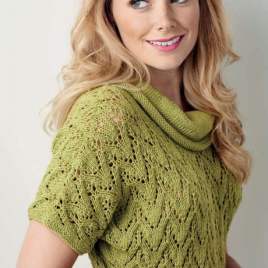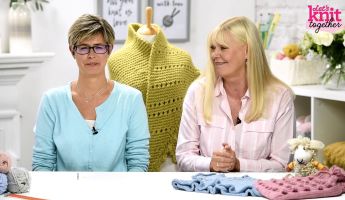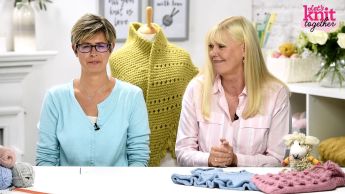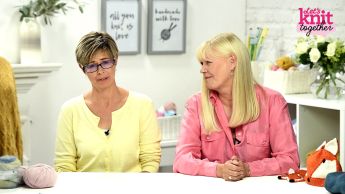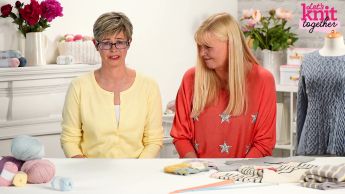How to: work a slip knot cast on
video by
Let's Knit Together
- Overview
- Practical Guides
This cast on goes by various names, including Jenny’s stretchy slip knot cast on and also the buttonhole cast on. Due to its elasticity, it works best for rib edges and is worked with one needle.
As the name suggests, it’s made up of a series of slip knots that need to be positioned closely and, just as crucially, evenly together. Each slip knot is locked into position by the next, which means that it’s not possible to even them out later, so it’s key to cast on evenly. This cast on tends to work better with a smoother yarn, as the strand slides over itself more easily, but you can use it with woollier yarns, you may just need to take more time over it. Start with a slip knot for the first loop on the needle, with enough of a tail to weave in later. Hold the needle in the right hand, and place the slip knot on it to count as the first stitch. Make sure it is not too loose or too taut. Hold the working yarn in your left hand with your lower fingers and tension the strand by bringing your thumb up from back to front. The working yarn will now run across the front of the thumb. Insert the needle tip under the working yarn on your thumb from front to back, then take the needle behind the working yarn from back to front and pull a loop up. This action takes the yarn around the thumb over the end of the needle and makes a new slip knot loop on the needle. Use your right finger or thumbnail against the bottom of the new slip knot and keep it close to the first slip knot as you pull on the working yarn to tighten the stitch on the needle. This will stop the knot from sliding round the needle, and keeps all the slip knots next to each other, which in turn will help to ensure that they are all close together. Repeat this action to cast on as many stitches as required, being sure to count the first slip knot as one of the stitches. The underside of the cast on will look like tight garter stitch, but you can easily check your spacing is even by spreading out the slip knot stitches on the needle. As ever, experiment to see what feels most comfortable, as you may find that using extra fingers to help position or hold the yarn works for you. It’s best to work carefully and consistently, and if the spacing becomes uneven, redo it. If the slip knots are not worked closely together, the amount of yarn between stitches will vary and can result in an uneven and unsatisfactory edge to your knitting.



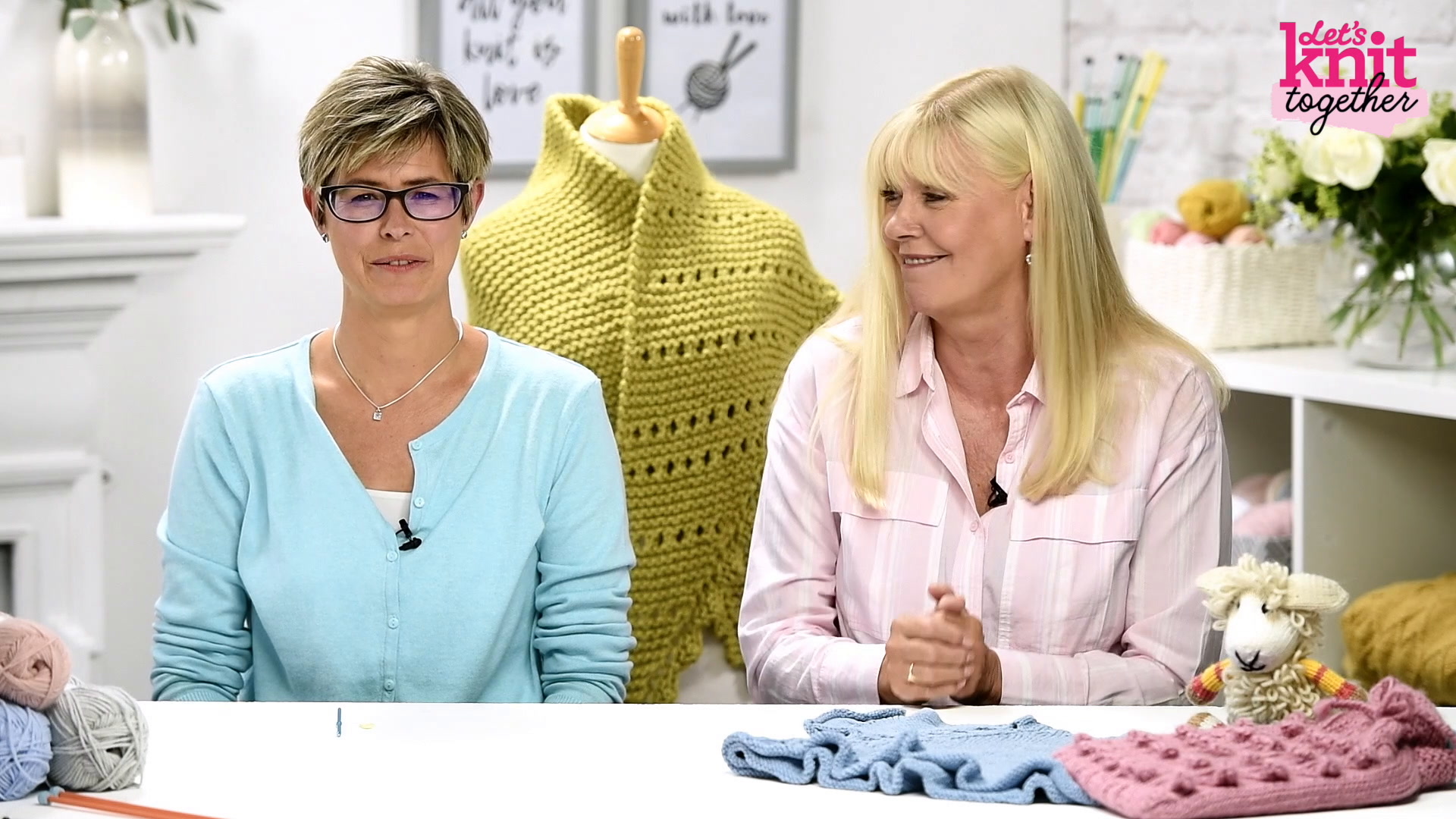

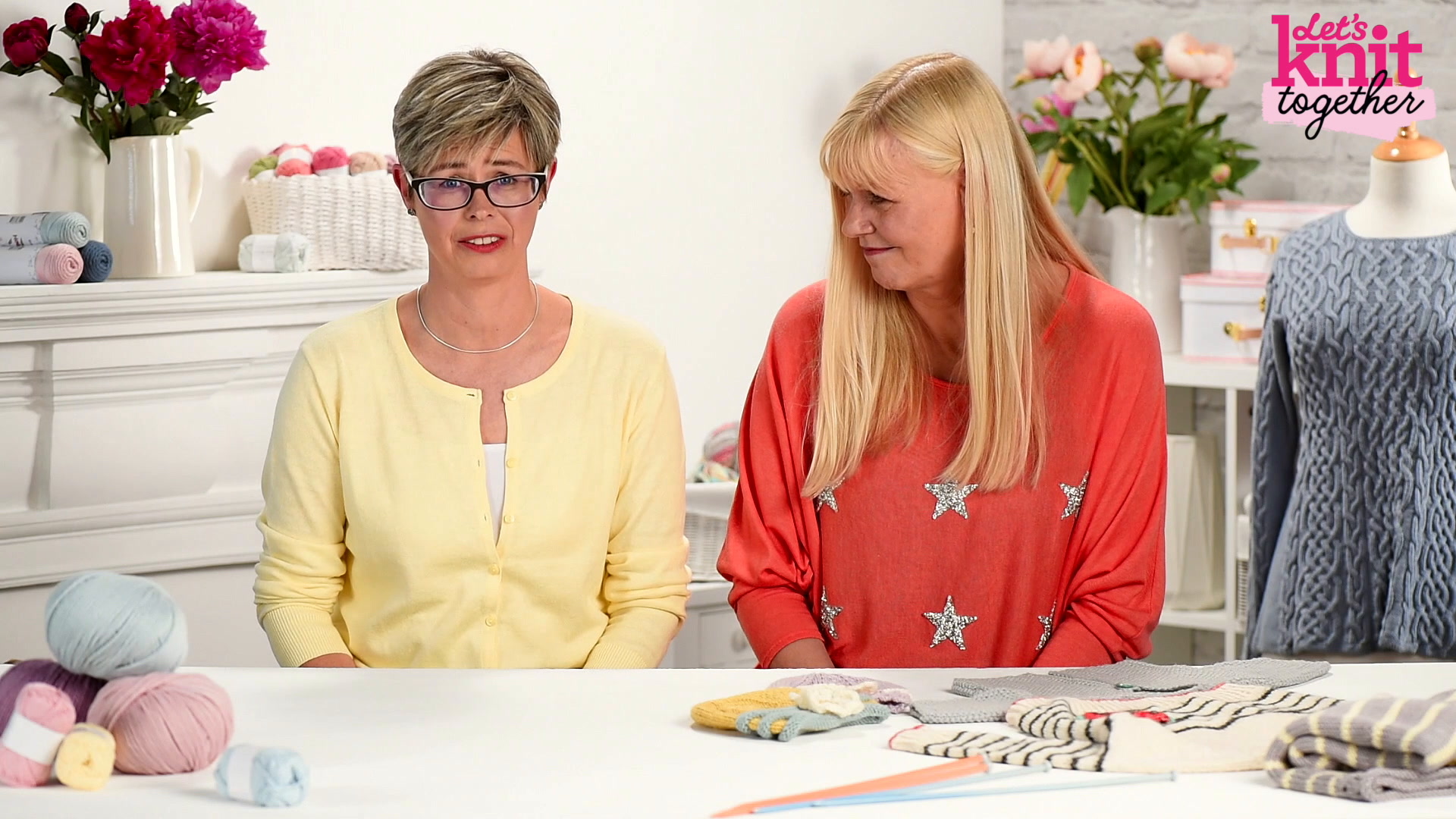
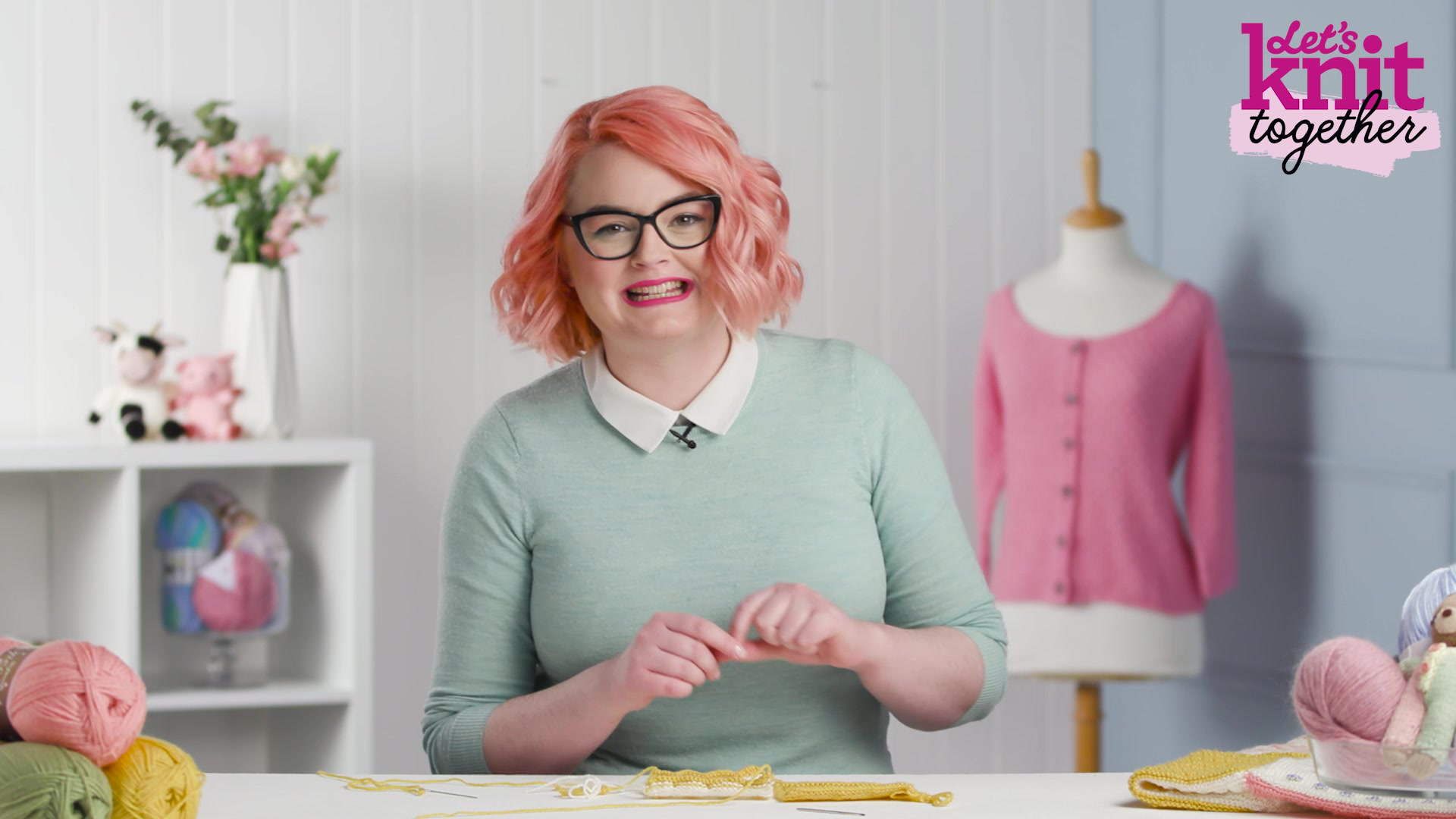
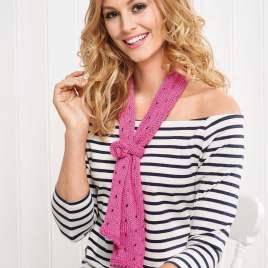
_268_268_64_c1.jpg)
